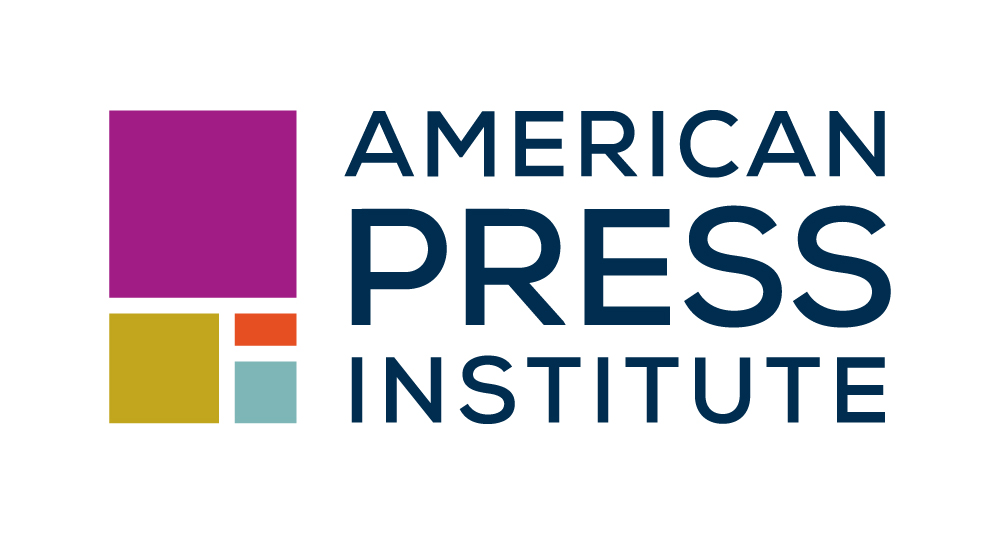For the past three years, I’ve been working with news organizations across the country that want to improve the diversity of sources quoted in their local stories, largely through the American Press Institute’s source diversity tracking and analysis tool, Source Matters. This effort is often part of a larger newsroom initiative to strengthen community ties by building and repairing relationships across coverage areas to help better understand, connect with and fully represent the people they aim to serve.
As a former beat reporter, I know sourcing is not possible without trusted relationships. It can take reporters years to develop the sources necessary to comprehensively cover their beats, whether it be a focused topic of expertise or a place-based community. And it can take even longer if your news organization has harmed or has historically underrepresented or underserved people in your community. But the benefits of source tracking apply across media types, across types of audiences and for both legacy and newer media. As news organizations work to grow and nurture relationships in their communities, many are focusing on ways to not only track their outreach but also build in the accountability necessary to improve.
For some news organizations, source tracking is just one way they can center care for their communities by examining whose stories are told and whose perspectives dominate their journalism:
- At Conecta Arizona, source tracking helps evaluate the representation of voices in their reporting and address the challenges faced by Spanish speakers in accessing transparent and inclusive news media.
- For San Antonio Report, source tracking has helped their newsroom ensure coverage is not only representative of the large Latino community that makes up their city but also tells the stories that matter to them.
- Colorado Public Radio uses source tracking as part of a larger effort to improve outreach and accountability. They’ve intentionally chosen not to set numeric goals when it comes to source representation but instead to use source tracking as an accountability measure to identify areas of improvement.
“A large part of my job is to directly engage underserved communities,” said Sherkiya Wedgeworth-Hollowell, managing editor of accountability and outreach at Colorado Public Radio. “Source Matters allows me to do my job. It’s not just a tool for the newsroom to write a story. It’s how I shape my newsroom and shape the importance of how to include stories that better represent the people that we serve.”
Share with your network
- Centering Community Voices
- How news organizations can tell untold stories with source tracking
- Representing our diverse communities is good journalism, not DEI
- How source tracking can help build trust with readers
- How source tracking can help you ask for reader support
- How the San Antonio Report developed new sources by tracking source diversity
You also might be interested in:
We've asked five people outside of journalism with experience in engaging and working with people of all ages how they approach their work. What practices do they use to engage young people that news organizations can adapt and apply in broadening their audiences?
The plans — each supported by a $3,000 grant from API and refined with API's help — will build connections with new audiences and serve communities by prioritizing storytelling and positive impact.
We assembled a working group of news leaders determined to find solutions to help their peers navigate the process of building capacity and strengthening cultures of learning.


